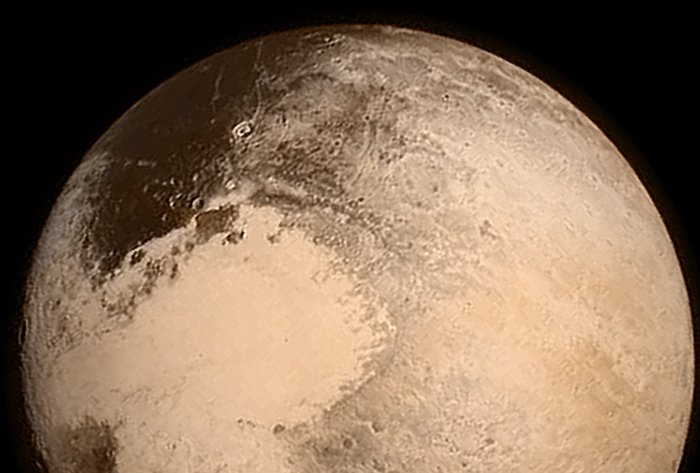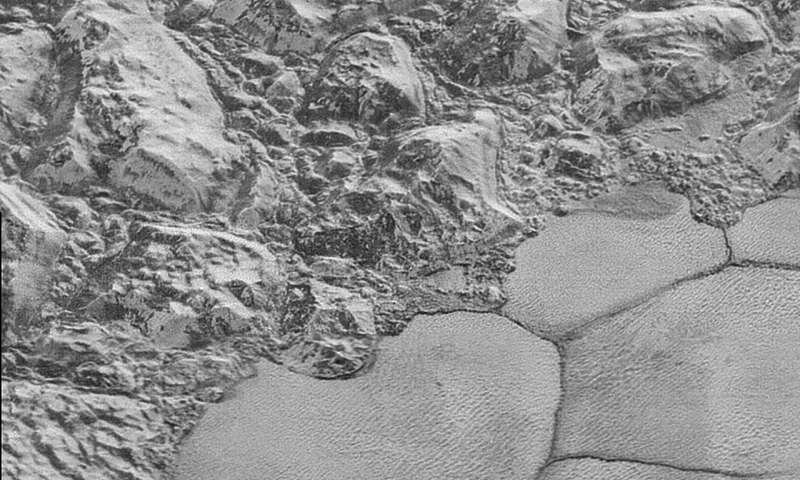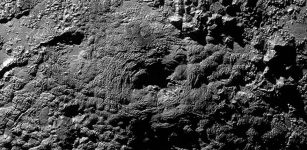Closer Look On Dunes Discovered In Sputnik Planitia Region Of Pluto
MessageToEagle.com – Scientists have discovered dunes on Pluto, which are believed to have been formed of methane ice grains released into its rarefied atmosphere.
An international team of geographers, physicists and planetary scientists have analyzed detailed images of the dwarf planet’s surface, captured in July 2015 by NASA’s New Horizons spacecraft.

The analysis showed that on the boundary of the Sputnik Planitia ice plain, and pushed up against a major mountain range, there is a series of dunes spread across an area less than 75km across.
Following spatial analysis of the dunes and nearby wind streaks on the planet’s surface, as well as spectral and numerical modelling, scientists believe that sublimation (which converts solid nitrogen directly into a gas) results in sand-sized grains of methane being released into the environment.
These are then transported by Pluto’s moderate winds (which can reach between 30 and 40 kmh), with the border of the ice plain and mountain range providing the perfect location for such regular surface formations to appear.
The scientists also believe the undisturbed morphology of the dunes and their relationship with the underlying glacial ice suggests the features are likely to have been formed within the last 500,000 years, and possibly much more recently.

“We knew that every solar system body with an atmosphere and a solid rocky surface has dunes on it, but we didn’t know what we’d find on Pluto,” the paper’s lead author Dr. Matt Telfer, Lecturer in Physical Geography at the University of Plymouth, said in a press release.
“It turns out that even though there is so little atmosphere, and the surface temperature is around -230 degrees C, we still get dunes forming. The New Horizons data has given us a new level of detail, but we had to work hard to explain how it was possible to get the supply of sediment, a non-cohesive surface and wind you need for dunes.
“It is another piece of the jigsaw in making sense of this diverse and remote body, and gives us a more fundamental understanding of the geological processes which are influencing it.”
The research was led by scientists from the University of Plymouth (UK), University of Cologne (Germany) and Brigham Young University (USA).
MessageToEagle.com










